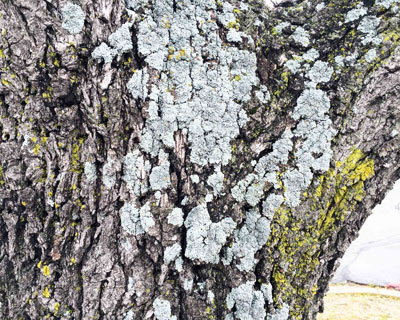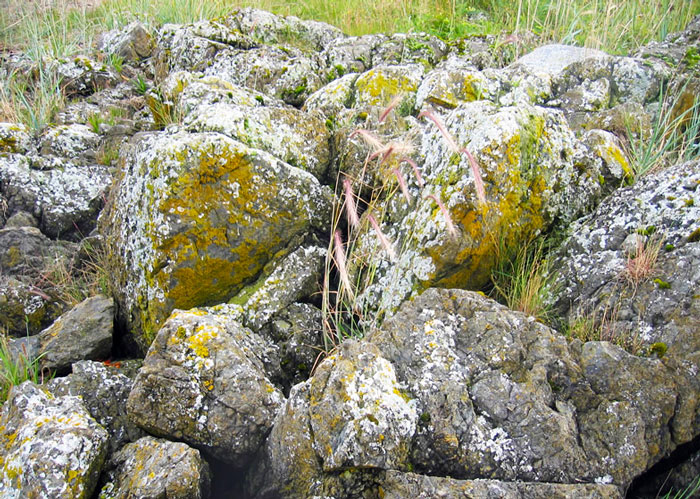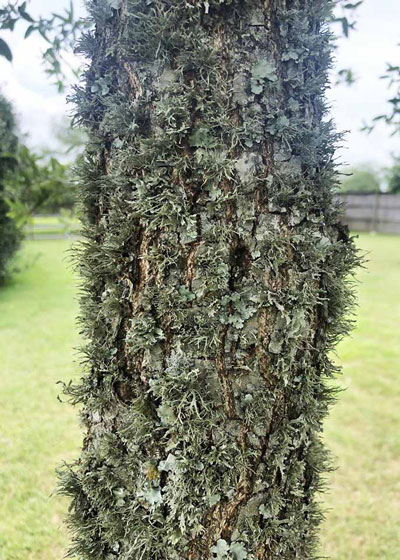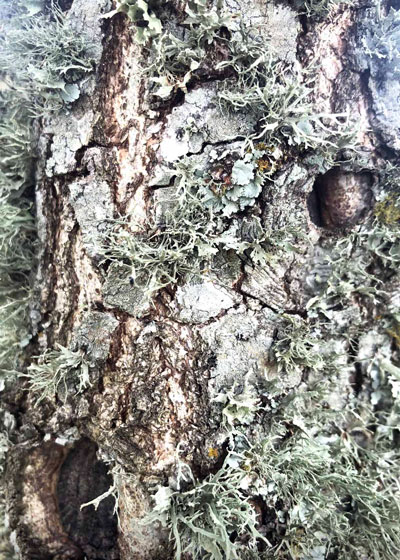Lichens Worry Gardeners

These are curious growths, these lichens on tree trunks. One might think they could cause serious harm to their host support trees. This is a time of year when they become more noticeable. People are outdoors more now, plus trees’ trunks are expanding.
The fact of the matter is that lichens are a symbiotic pairing of algae and fungi that coexist to nourish one another. They gain no sustenance from the trees. In fact, they’re the “moss” you’ll see growing on landscaping boulders. People pay extra money to get them when they’re at the stone yard.

Having seen lichens for many years, my only concern is that trees typically shed their bark a bit at a time all along. Bark is a dead tissue that can’t expand as a tree trunk or branch grows and expands.

When the bark flakes off, the lichens go with it. However, if you have a tree that is compromised in some way, its trunk and branches won’t be growing larger and its bark won’t be shedding. Therefore, you can get an accumulation of the lichens.
I’ve learned, after living in a pecan forest for 46 years, that when lichens start falling off our pecan branches, there may be dead twigs or branches overhead. That’s when I keep a close eye for what’s overhanging my head and my house. Pecans are known for dropping dead limbs that have died back from being shaded.

Your best bet, if you’re concerned about lichens on your trees, would be to consult a certified arborist. Have him or her examine the trees closely for signs of dieback or decay.
Otherwise, don’t let a few lichens keep you awake nights. You have other things to worry about.
